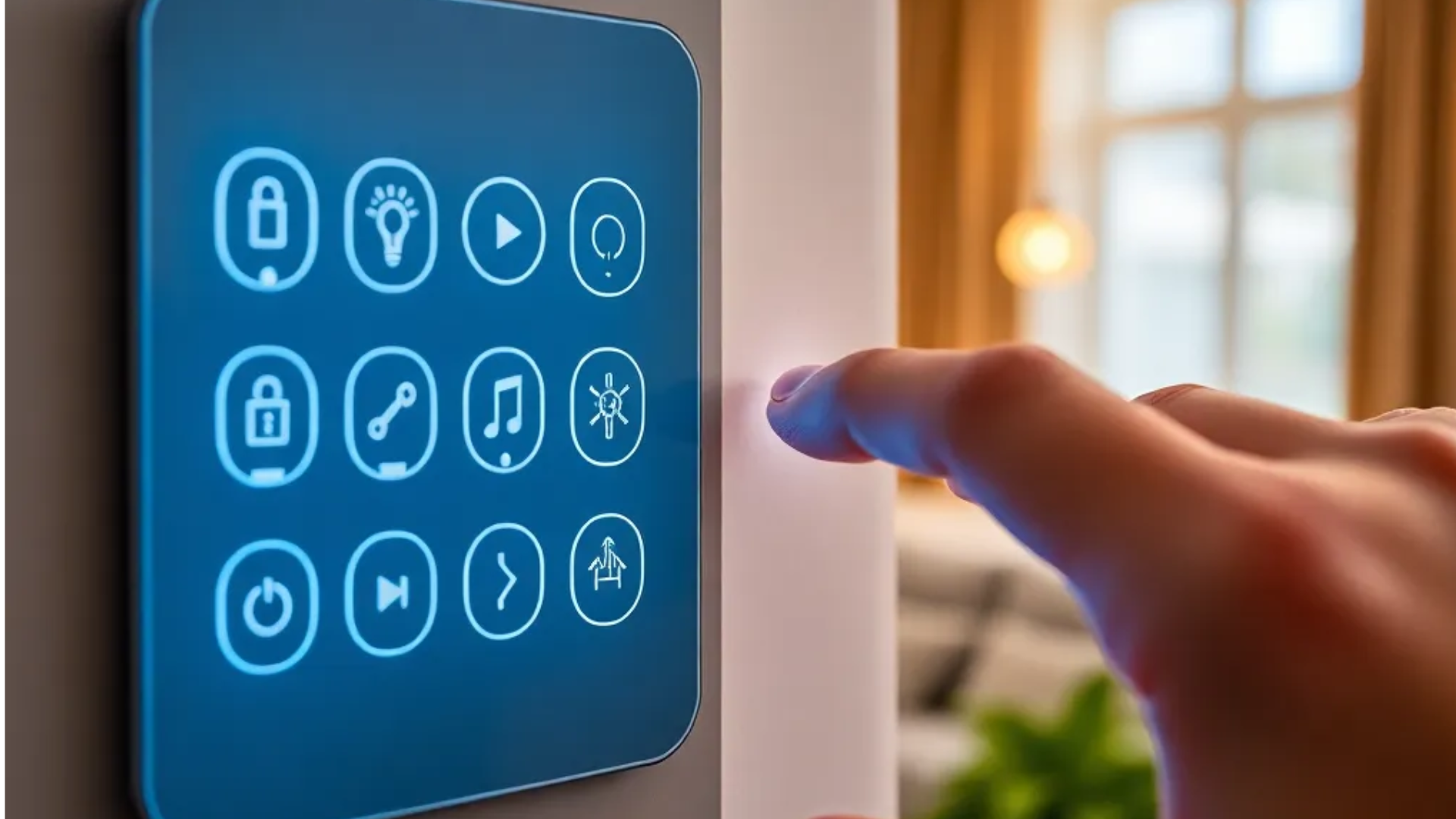Smart devices often come with manual control options to ensure usability even when smart features are unavailable. Here are some key points about manual control for smart devices:
What is Manual Control in Smart Devices?
Manual control refers to the ability to operate a smart device without relying on automated functions, internet connectivity, or app-based controls. This feature ensures the device remains functional under varying conditions and offers flexibility to the user.
Key Components of Manual Control
Physical Interfaces:
Many smart devices, such as thermostats, smart lights, or home security systems, are equipped with buttons, knobs, or touchscreens for direct control. For example:
A smart thermostat might have a dial or buttons for adjusting the temperature without using the mobile app. Smart lights often come with a standard on/off switch that overrides remote settings.
Backup Systems:
In the event of internet or power disruptions, some devices offer battery-powered manual modes.
For example, smart door locks often have physical key slots as a fallback option.
Control Panels:
Some systems include a centralized control panel (e.g., wall-mounted panels for smart home systems) that can provide manual access to connected devices.
Benefits of Manual Control
Reliability:
Ensures functionality during outages or technical glitches.
Provides a fail-safe option for essential devices like smart locks or alarms.
Flexibility:
Ideal for situations where app access is inconvenient or unavailable (e.g., a dead phone battery or poor Wi-Fi signal).
User Friendliness:
Encourages users who are less tech-savvy to interact with smart devices through familiar controls.
Privacy:
Some users prefer manual control to minimize data sharing or internet usage.
Common Examples
Smart Thermostats: Manual temperature adjustments using dials or buttons.
Smart Bulbs: Can be switched on/off using traditional light switches.
Smart Plugs: Often include physical power buttons.
Smart Blinds: Include manual pull chains or physical controls for adjusting light levels.
Smart Speakers: Volume and mute buttons allow tactile control without using voice commands.
Limitations of Manual Control
Limited Functionality: Manual modes often offer fewer features compared to app- based controls or automation.
Physical Access Required: The user must be present near the device to operate it manually.
Manual control bridges the gap between traditional and modern technologies, ensuring ease of use, accessibility, and reliability. Whether for convenience, emergencies, or personal preference, this feature is essential in the design of smart devices.
Don’t let the noise of other’s opinions drown out your own inner voice.
Steve Jobs

